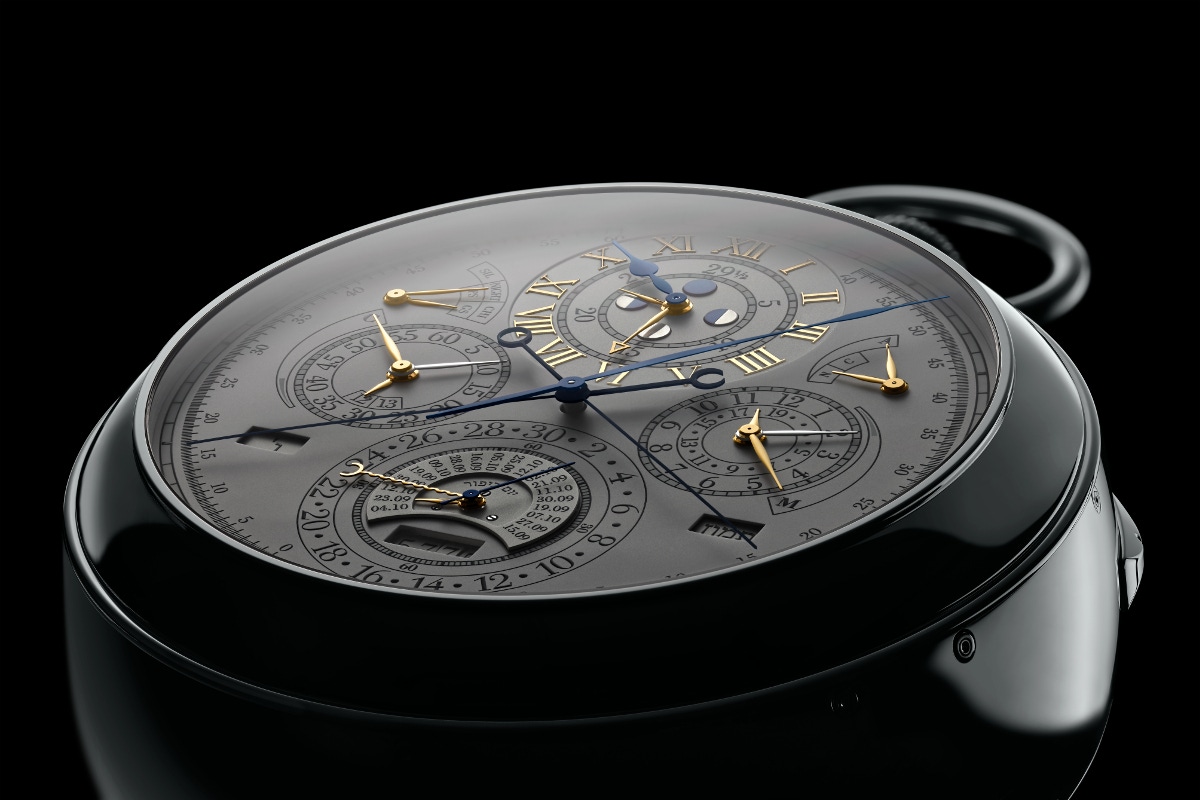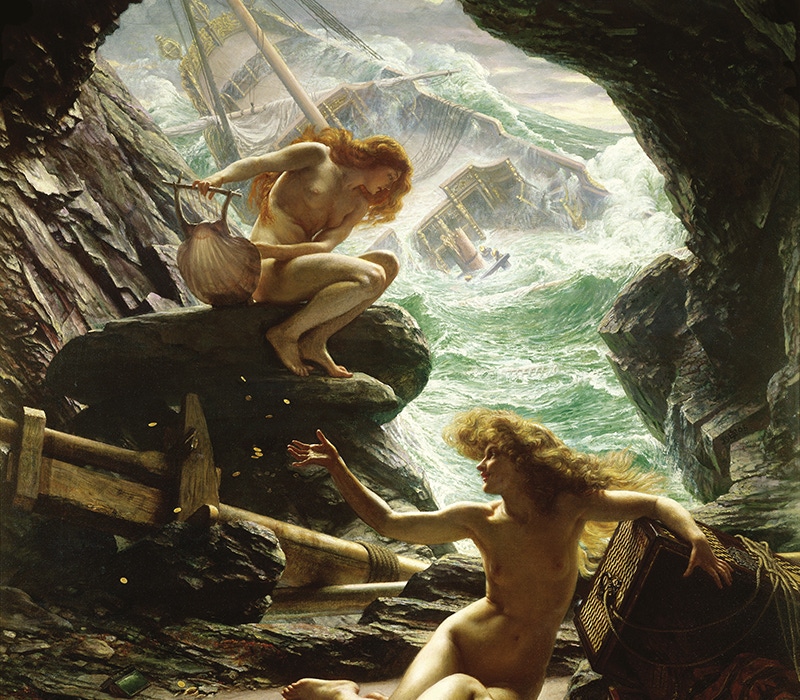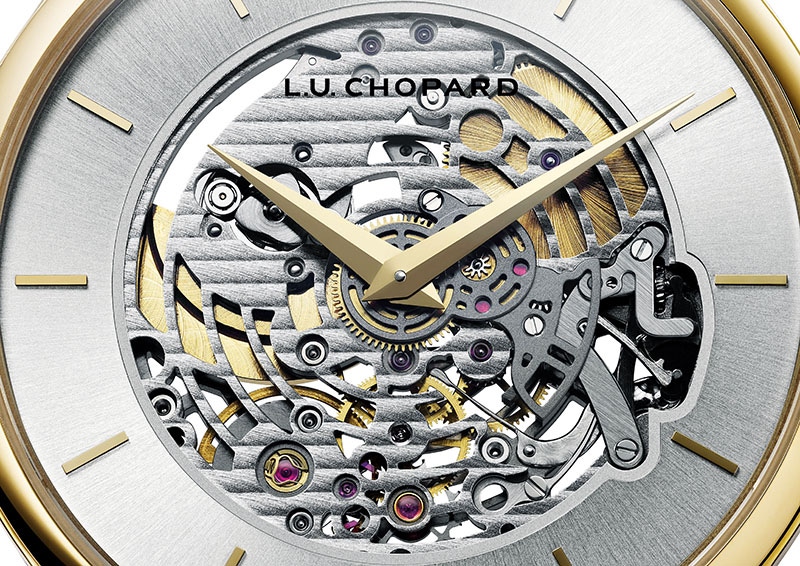Audemars Piguet Museum: A DISPLAY OF SUPREME INTELLIGENCE:
The new Musée Atelier Audemars Piguet is a perfect example of what happens when you apply the manufacture’s slogan — ‘To break the rules, you must first master them’ — to architecture.

Those still labouring under the notion that ‘bold’ and ‘discreet’ are mutually exclusive concepts would surely change their minds should they make the pilgrimage — a bucket-list-topping experience for anyone with even a passing interest in watches — to a new spiral-shaped building that rises out of the majestic landscape of Switzerland’s Vallée de Joux: the Musée Atelier Audemars Piguet, an impressive pavilion that sits adjacent to the original, 1875-founded Audemars Piguet workshop.
“When we started digging into both watchmaking and the identity of Audemars Piguet, and how the brand values correlate with how we work, we came across this idea of ‘bigamy’ — the notion that you don't have to choose one or the other concept,” says Bjarke Ingels, whose design agency, BIG, won a competition to come up with a building in which the haute horlogerie brand could house a collection of 300 timepieces. “You can actually marry, or combine, seemingly mutually exclusive ideas into a single entity. Look at phrases like ‘social infrastructure’ or ‘pragmatic utopia’. They sound like oxymorons, but they’re actually a path forward to a new and unexpected hybrid.”
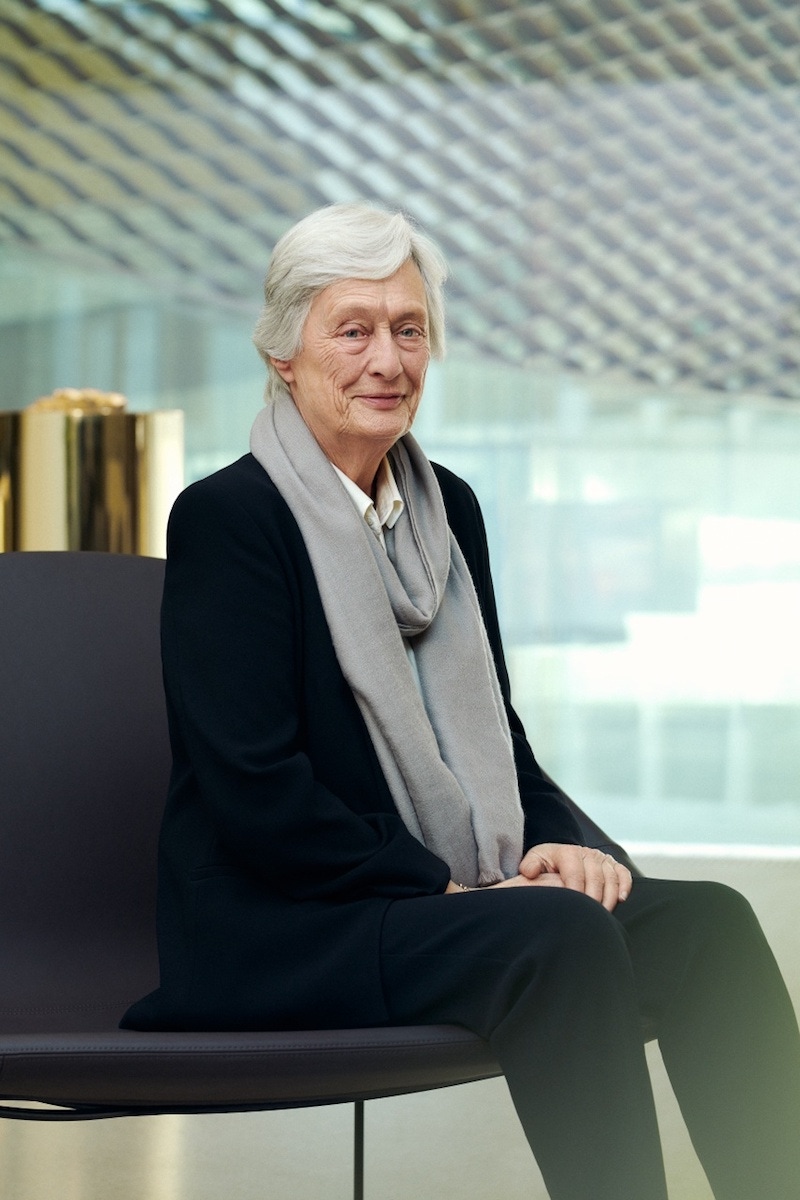


Due to open once Covid-19 restrictions are lifted, the building looks “suspiciously” like the original competition design, according to Ingels. “Our client being a watchmaker, we had a quite detailed brief, and the main idea — the way the building coils in on itself to form this double spiral, taking you on a chronological and physical journey — has remained entirely intact,” he says. “The idea came from considering the museum to be ‘openworked’, in watchmaking terms, so that it exposes all of its elements. From the start we wanted all the materials to be authentic, so the concrete is made of local sand and gravel that has been mixed with cement to form the floors; the metals, the glass, the steel are all the elements you find in the watches; the woodwork is from timber from the region. And the same goes for the craft — one of the people living nearby makes these incredible wood veneer speakers.” Also ensuring that the building blends with its surrounds is a grass roof, which will serve as a lawn in summer and as part of a broader snowy scene in the winter.
Another oxymoronic phrase that applies to the building might be ‘static flow’. “If you look closely, rectangular wooden furniture like benches and tables are ever so slightly warped with the same curvature of the building, which creates this kind of effortless flow and makes each piece of furniture a sculptural piece on its own,” Ingels says. “Which I think is another watchmaking analogy: the idea of things deviating from first-glance expectations. In our competition submittal, we had the idea of the load-bearing glass taking advantage of the fact that the curved glass actually has a structural rigidity because of its form, that makes it not buckle and not break in a seismic event.”


So why only “suspiciously” like the original competition design? “There are all these very subtle details that hadn’t materialised in the competition stage,” he says. “Sun shading is an aspect that changed as we progressed with the project. As you move around, the solar exposure changes — the perfect way to ruin this beautifully curved building. We ended up with this idea that I think has succeeded quite elegantly, of fixing a very thin — I mean one-millimetre-thick — ribbons of brass, undulating so they form this kind of lace that streams down, so the view of a person beholding [the outside from within] stays uninterrupted. Precisely as much of the glass is shaded as we need to in order to make it perform in different environments.
“You want a certain amount of exposure in the winter, because it’s nice for the building to be hit by the sun, but in the summer, it becomes an issue. Also, the sun is higher in the sky in the summer, so we tweaked the geometry of it all to find this sweet spot with perfect light depth. The project is full of all those subtleties, and that’s why I think we actually ended up manifesting a form of architecture that is functioning almost like clockwork.”
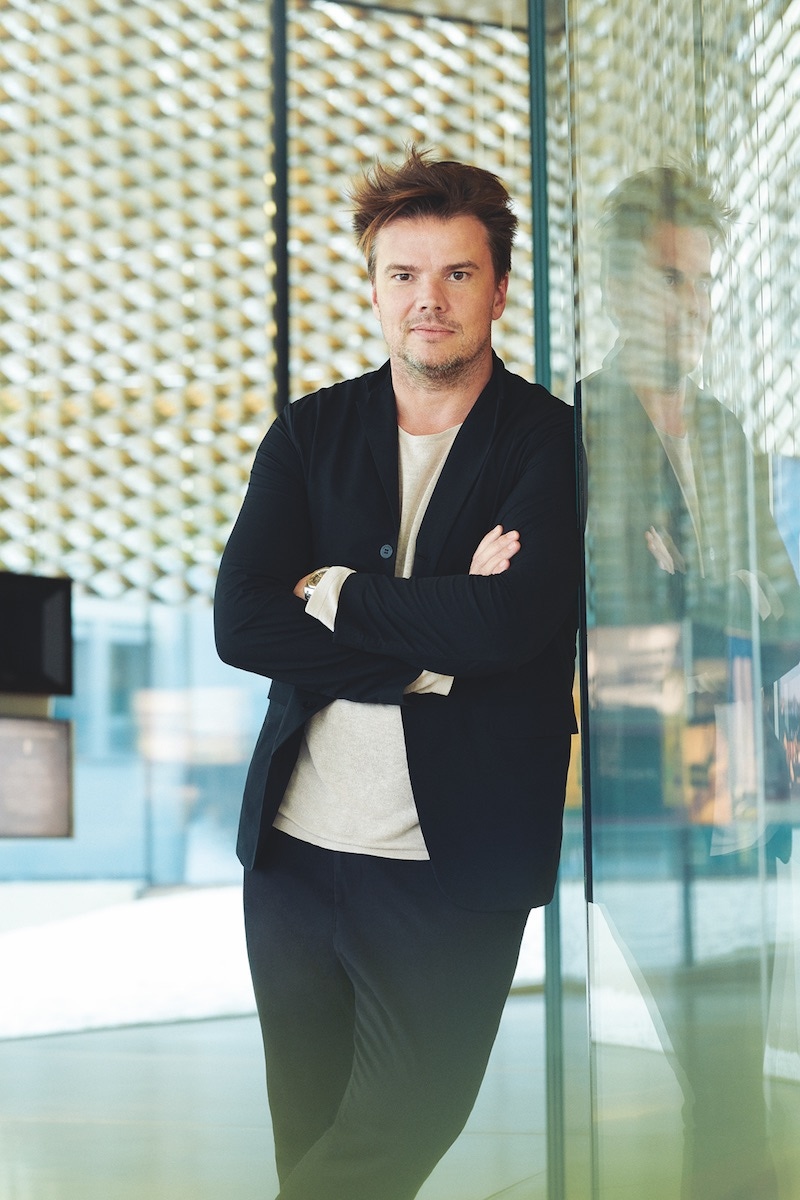


Making their way clockwise around the building, as if following the contours of a giant watch spring, visitors will find, at the centre of the spiral, the Universelle, Audemars Piguet’s most complicated watch (think split-second chronograph, jumping seconds and deadbeat seconds, grande strike, minute repeater, alarm, perpetual calendar), which was made in 1899.
On a philosophical level, meanwhile, the building offers healthy interruption from a consensus imposed on us by the digital revolution. “One of my eureka moments when I met the master watchmakers was that I understood that watchmaking is one of the few remaining disciplines where the hardware and software, the form and content, are the same,” Ingels says.
“We’ve become so used to the idea that hardware is a tablet and the software is what makes it function, but in watchmaking and in architecture it’s different. The way you move through the space, the way it opens up or closes off, the way it promotes activity or creates separation or brings in the light or opens up a view — all of those things, the form and the content is one and the same. That’s the same with the interlocking of gears, or the way a spiral is coiled to store kinetic energy, or how an anchor swings around to harness energy generated by the movement of the body, and so on. I think that essentially we stayed very faithful to the idea that the building is organised like clockwork.”
All in all, it is a fitting edifice for a company — one, lest we forget, that had the temerity to afford stainless steel the cachet of a precious metal — whose very creative philosophy is based on conquering, then deviating from, the rules.
This story is also in Issue 70 of The Rake and on newsstands now.
Subscribe and buy single issues here.

